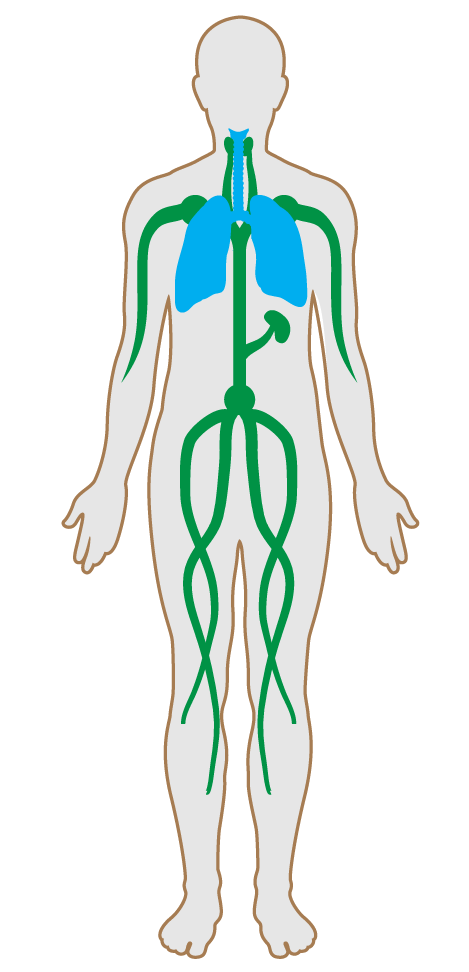Moisture management
Features/Air/Feature 12
- 01 Air quality standards
- 02 Smoking ban
- 03 Ventilation effectiveness
- 04 VOC reduction
- 05 Air filtration
- 06 Microbe and mold control
- 07 Construction pollution management
- 08 Healthy entrance
- 09 Cleaning protocol
- 10 Pesticide management
- 11 Fundamental material safety
- 12 Moisture management
- 13 Air flush
- 14 Air infiltration management
- 15 Increased ventilation
- 16 Humidity control
- 17 Direct source ventilation
- 18 Air quality monitoring and feedback
- 19 Operable windows
- 20 Outdoor air systems
- 21 Displacement ventilation
- 22 Pest control
- 23 Advanced air purification
- 24 Combustion minimization
- 25 Toxic material reduction
- 26 Enhanced material safety
- 27 Antimicrobial activity for surfaces
- 28 Cleanable environment
- 29 Cleaning equipment
- P9 Advanced cleaning
Moisture management
Intent:
To limit the potential for bacteria and mold growth within buildings from water infiltration and condensation.
BACKGROUND
Good design principles and strategies to mitigate water damage help to preserve good indoor air quality. Moisture can enter buildings and building assemblies in four ways: bulk water, capillary water, air-transported moisture and vapor diffusion. In addition to preventing wetting from all four channels, managing moisture is also about promoting drying potential.
A point-by-point narrative describes how liquid water from outside the building is addressed, responding to the nature and intensity of wetting based on the project's site and climate, and includes the following leading concerns:
a.176
Site drainage, including the impact of any site irrigation.
b.176
The local water table.
c.176
Building penetrations (especially windows and plumbing/electrical/mechanical penetrations).
d.176
Porous building materials connected to exterior sources of liquid water.
A point-by-point narrative describes how liquid water from interior sources is addressed, including these leading concerns:
a.176
Plumbing leaks.
b.176
"Hard-piped" plumbing appliances (appliances such as clothes washers exposed to building water pressure even when not in use).
c.176
Porous building materials connected to interior sources of liquid water.
d.176
New building materials with “built-in” high moisture content or building materials wetted during construction but now on the inside of the building.
A point-by-point narrative describes how condensation is addressed, including these leading concerns:
a.176
High interior relative humidity levels, particularly in susceptible areas like bath and laundry rooms and below-grade spaces.
b.176
Air leakage which could wet either exposed interior materials or interstitially “hidden” materials.
c.176
Cooler surfaces, such as basement or slab-on-grade floors, or closets/cabinets on exterior walls.
d.176
Oversized air conditioning units.
A point-by-point narrative describes how moisture-tolerant materials have been selected and/or moisture-sensitive materials (MSP) are being protected, considering these leading concerns:
a.176
Exposed entryways and glazing.
b.176
Porous cladding materials.
c.176
Finished floors in potentially damp or wet rooms such as basements, bathrooms and kitchens.
d.176
Interior sheathing in damp or wet rooms.
e.1
Sealing and storing of absorptive materials during construction.

